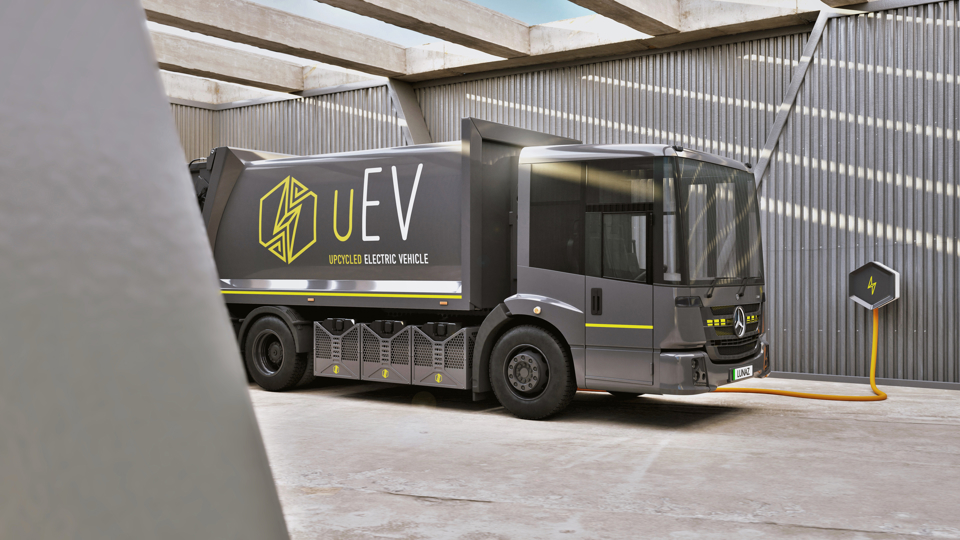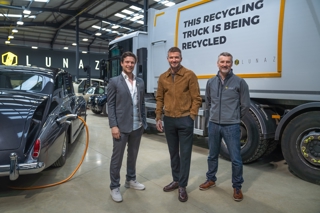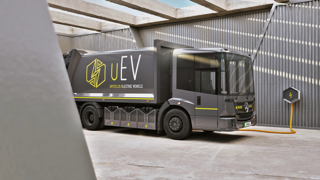Lunaz is progressing the development of its upcycled electric vehicles (UEVs), having completed a “demanding” hill-climb as part of its extensive testing programme.
The vehicles ascended a 1:5 gradient with 1,000Nm of torque in reserve, while wearing a refuse truck body.
The Lunaz refuse trucks are based on the Mercedes Econic platform. They have been subject to an upcycling process that includes the replacement of the vehicle’s diesel engine with a fully electric Lunaz powertrain as well as incorporating a suite of the latest safety, connectivity and ergonomic improvements.
The test was critical in establishing the company’s global application. In achieving this milestone, the vehicles are validated for nearly all residential roads globally.
David Lorenz, CEO of Lunaz, said: “I believe that every vehicle deserves at least two lives, and I am extremely proud of the engineers who are in the process of not just delivering but validating this vision.
“Our Upcycled Electric Vehicles represent so much more than technological innovation - they deliver a major improvement for the wellbeing of the drivers and crew who operate these vehicles and provide a critical reduction in the environmental impact all-new refuse trucks make. A UEV achieves this not only by way of its clean-air powertrain but in unlocking the embedded carbon trapped in scrapped trucks.”
The classic car restoration and electric vehicle (EV) conversion specialist has already signed fleet electrification agreements with major councils and private entities in the UK and US and says it will be moving ahead to full market entry in 2023.
The UK-based firm expects to upcycle more than 1,000 commercial vehicles per year. Each truck is fitted with an electric powertrain and fully restored, before handover.
Lunaz has compressed a ten-year development programme into two years by testing five identical upcycled Mercedes Econics simultaneously. These vehicles are currently being subjected to 300,000 miles of durability testing at Millbrook Proving Ground’s ‘Belgian Pave’ cobbled road, more than 500 hours of driver calibration and 800 hours of energy optimisation. The UEVs 56mph top speed - a significant figure in that many vehicles in its class are only capable of 35mph - will also be tested continually for more than 200 hours.






















Login to comment
Comments
No comments have been made yet.